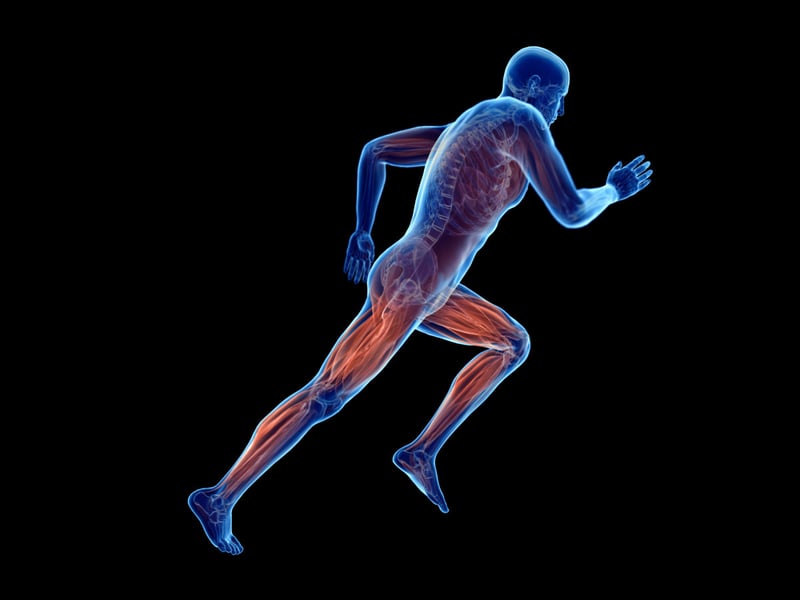
Hewett TE, Webster KE, Cohen SC, Wagner PP. Longitudinal Changes In Force Plate Measures Are Valid Indicators Of Musculoskeletal (MSK) Health In Professional American Football Players. Orthopaedic Society Annual Meeting. February 2021. Poster Presentation.
To be presented at the Orthopaedic Research Society Annual Meeting 2021.
⇩ MSK HEALTH in 2020 POST-COVID LOCKDOWN
MSK HEALTH different between 2020 PRE-SEASON and LAST THREE PRESEASONS
MSK HEALTH predicts MUSCULOSKELETAL INJURY RISK
“This greater understanding of the changes in longitudinal CMJ force plate measures in Professional American football players across seasons and after extended layoffs may assist in the development of effective MSK injury reduction measures.”
Population: 483 Professional Football players.
The questions covered:
Are force plate countermovement jump metrics valid metrics for tracking professional football players over time?
Is MSK Health a valid indicator of musculoskeletal injury risk over time in professional football players?
INTRODUCTION: Professional American football players (PAFP) are at high risk for musculoskeletal (MSK) injuries during their season. Little is known about how artificial intelligence (AI) enhanced force plate countermovement jump (CMJ) indices measure musculoskeletal and physiological change, and if these changes across seasons contribute to increased injury risk, especially after an extended layoff from training and participation such as occurred with the Covid-19 lockdown. The objective of the study was to examine longitudinal changes in force plate CMJ measures in PAFP over multiple seasons and to determine if these measures were valid indicators of MSK health. Hypotheses tested: force plate CMJ indices are a valid measure of MSK health and these measures would decrease as injury risk would increase after Covid-19 lockdown.
METHODS: Ethics approval was obtained through La Trobe University. 483 unique individuals scanned over four pre-seasons. 109 unique individuals had repeat pre-seasons during that time. 949 force plate CMJ tests were performed over those four pre-seasons. Longitudinal force plate data was used from a database containing, but not limited to, the force plate data from PAFP. CMJ force plate measurements were used as the main outcome measures. Welch One-Way ANOVA was used to determine differences between pre-season outcomes for each year. Games-Howell post-hoc tests were used to determine specific pairwise pre-season differences. Logistic regression was used to determine CMJ force plate outcomes effect on MSK injury risk.
RESULTS SECTION: The AI-generated conglomerate variable MSK_Health was on average 47.8 ± 9.7 in 2017, 47.4 ± 10.1 in 2018, 47.5 ± 10.1 in 2019, and 45.0 ± 11.2 in 2020 post-Covid lockdown. There were statistically significant differences between pre-season means for MSK_Health as determined by Welch one-way ANOVA (F(3,371) = 3.68, p = 0.012) (Figure 1). Post-hoc Games-Howell tests were used for pairwise comparisons between seasons (2017 vs 2020: p=0.031, 2018 vs 2020: p=0.148, 2019 vs 2020: p=0.026) (Figure 1). Logistic regression analysis demonstrated a significant effect of the MSK_Health variable on MSK injury risk (p=0.0473).
DISCUSSION: Across multiple seasons of force plate CMJ measures in PAFP, MSK_Health decreased following Covid-19 lockdown, which may be associated with higher risk for MSK injury.
SIGNIFICANCE/CLINICAL RELEVANCE: This greater understanding of the changes in longitudinal CMJ force plate measures in PAFP across seasons and after extended layoffs may assist in the development of effective MSK injury reduction measures.